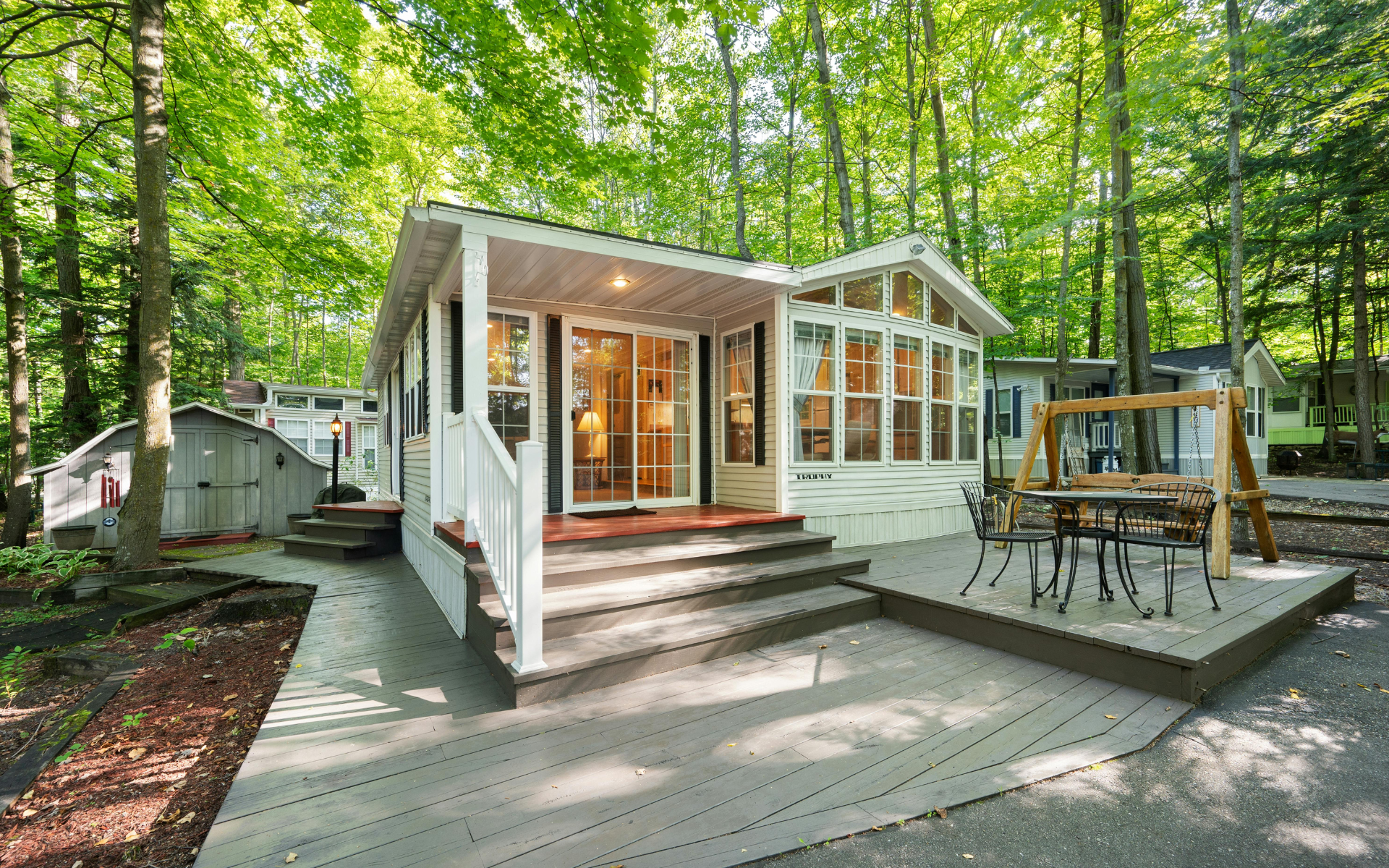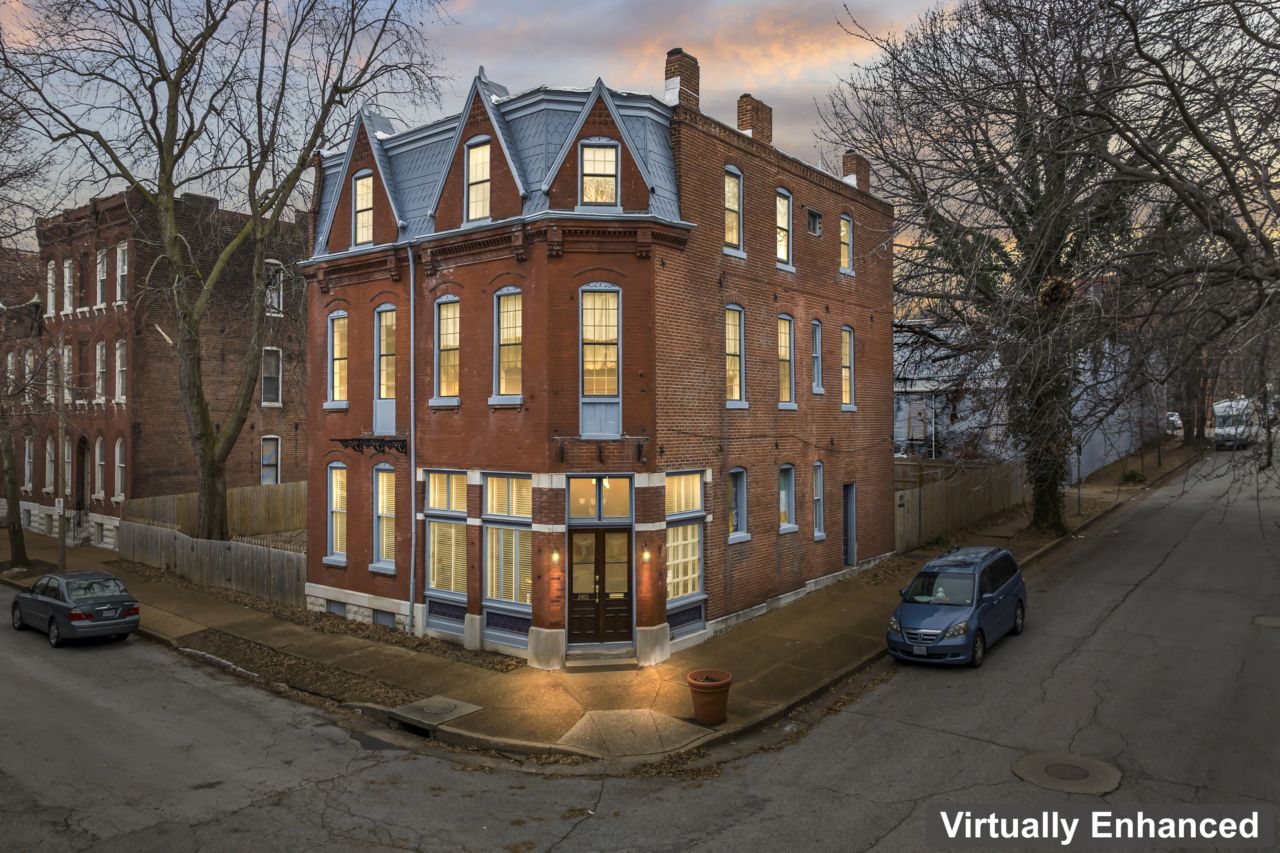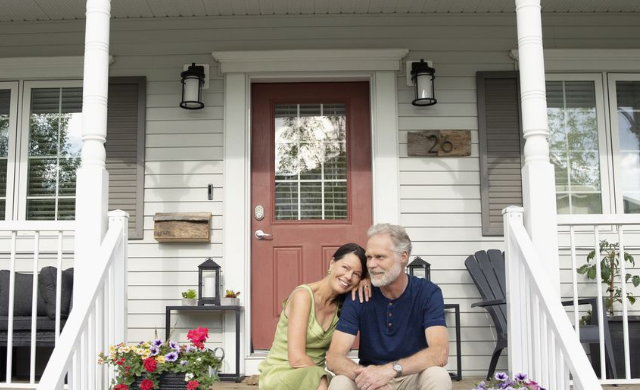The Rise of Senior Cohousing: Redefining Retirement Living
About once a month, someone forwards me an article about friends choosing creative cohousing arrangements as they age. One story featured couples who bought homes side by side in a small beach town. Another described a group that pooled their money, purchased land, and built modern modular homes around a shared space for cooking and socializing. Most recently, the New York Times highlighted eleven women in East Texas who created a tiny home village—complete with nine dogs, no men, and a firm “no drama” rule.
When many people picture retirement, they imagine moving into a traditional retirement community or downsizing into a condo. But a growing number of older adults are exploring a different option—senior cohousing. Instead of an institution-like setting, seniors are choosing to live with friends or like-minded peers in shared communities that balance privacy with connection.
What Is Senior Cohousing?
Senior cohousing is a type of intentional community where older adults design their living arrangement to suit their needs. This can take different forms:
- A shared house with private bedrooms/bathrooms and communal kitchens or living spaces.
- A cluster of small homes or apartments centered around shared amenities like a garden, library, or recreation room.
- A cooperative neighborhood where residents own their units but pool resources for meals, transportation, or caregiving.
Unlike nursing homes or traditional retirement communities, these arrangements are resident-driven, often with an emphasis on friendship, autonomy, and mutual support.

Why the Trend Is Growing
Several social and economic factors are fueling interest in senior cohousing:
- Loneliness epidemic: Many seniors want to avoid isolation and crave a built-in social network.
- Rising costs of care: Assisted living and nursing home care can be prohibitively expensive, while cohousing allows for cost-sharing of resources.
- Aging in place with dignity: Cohousing offers independence while still ensuring that help is close by if needed.
- Boomer influence: Baby boomers, known for redefining life stages, are less willing to accept traditional retirement models and are driving innovation in senior housing.
Pros of Senior Cohousing
- Community support: Built-in companionship, shared meals, and help with daily tasks.
- Cost savings: Shared utilities, maintenance, and even pooled caregiving can reduce expenses.
- Independence: Residents make decisions together instead of relying on corporate or institutional rules.
- Health benefits: Studies show strong social connections can improve physical and mental health, leading to longer, happier lives.

Cons to Consider
- Group dynamics: Living with friends sounds idyllic, but conflicts about chores, finances, or lifestyle differences can arise.
- Start-up challenges: Creating a cohousing arrangement requires upfront planning, agreements, and sometimes legal structuring.
- Limited medical care: While cohousing provides companionship, it’s not a substitute for professional nursing or memory care facilities if needs become acute.
- Financial barriers: Initial costs of buying property or building out a shared space may be prohibitive for some.
Another Option – Multigenerational Cohousing
While some seniors prefer age-specific cohousing, multigenerational cohousing brings together people of all ages in a thoughtfully designed, resident-led community. Instead of separating generations, this model blends seniors, singles, and young families into a supportive neighborhood where everyone contributes and benefits. Older adults gain companionship, purpose, and the chance to act as mentors or “bonus grandparents,” while younger residents enjoy built-in community support and meaningful relationships across generations. The result is a vibrant, interwoven lifestyle that reduces isolation, fosters connection, and celebrates the strengths each age group brings. Great Oaks Cohousing in Ann Arbor, Michigan is an example. With 37 households, ranging from young families to retired couples, the community has about 65 adults and 25 kids.
Looking Ahead
Senior cohousing is still relatively new in the U.S., but interest is surging. Communities are forming in cities and suburbs alike, often near walkable neighborhoods and transit lines. Some real estate developers are beginning to design cohousing-style properties to meet the demand.

Resources for Exploring Senior Cohousing
Cohousing Association of the United States (CohoUS): Offers a live directory of existing and forming cohousing communities, plus educational programming and a monthly Q&A. Great starting point to learn about models, locate local communities, or even connect with others building a community.
SeniorLiving.org: A helpful overview of what senior cohousing entails, how communities get started, and how to find ones near you.
OneSTL: OneSTL is a collaboration to encourage and support greater sustainability across the eight-county St. Louis region provides a Cohousing Toolkit.
“Why more seniors should choose cohousing” —The Guardian
“Cohousing Communities: Aging Better Together” — Mutual of Omaha
“Building Community with Cohousing” — Urban Land

Summary
For many older adults, the appeal is simple: grow older without growing isolated. Senior cohousing offers the best of both worlds—private space when you need it, and friendship, support, and laughter just outside your door. If you are interested in finding a property for cohousing consideration, we’d love to hear your vision and help where we can. Reach out.



